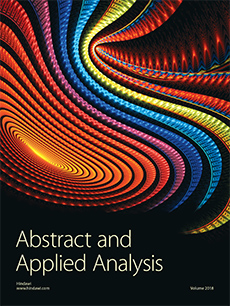Abstract
This study developed a new method of hypothesis testing of model conformity between truncated spline nonparametric regression influenced by spatial heterogeneity and truncated spline nonparametric regression. This hypothesis test aims to determine the most appropriate model used in the analysis of spatial data. The test statistic for model conformity hypothesis testing was constructed based on the likelihood ratio of the parameter set under H0 whose components consisted of parameters that were not influenced by the geographical factor and the set under the population parameter whose components consisted of parameters influenced by the geographical factor. We have proven the distribution of test statistics and verified that each of the numerators and denominators in the statistic test followed a distribution of . Since there was a symmetric and idempotent matrix S, it could be proved that . Matrix was positive semidefinite and contained weighting matrix which had different values in every location; therefore matrix was not idempotent. If and was not idempotent and also was a distributed random vector, then there were constants and ; hence ; therefore it was concluded that test statistic followed an F distribution. The modeling is implemented to find factors that influence the unemployment rate in 38 areas in Java in Indonesia.
Citation
Sifriyani. I. N. Budiantara. S. H. Kartiko. Gunardi. "A New Method of Hypothesis Test for Truncated Spline Nonparametric Regression Influenced by Spatial Heterogeneity and Application." Abstr. Appl. Anal. 2018 1 - 13, 2018. https://doi.org/10.1155/2018/9769150





